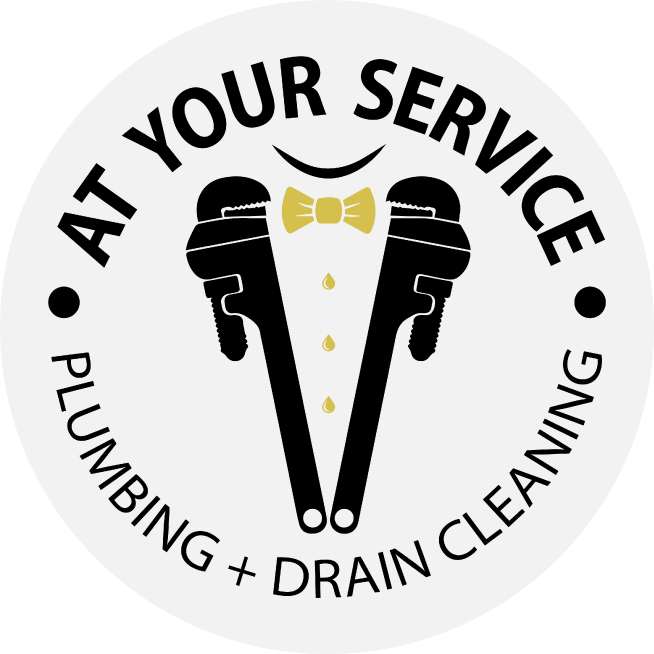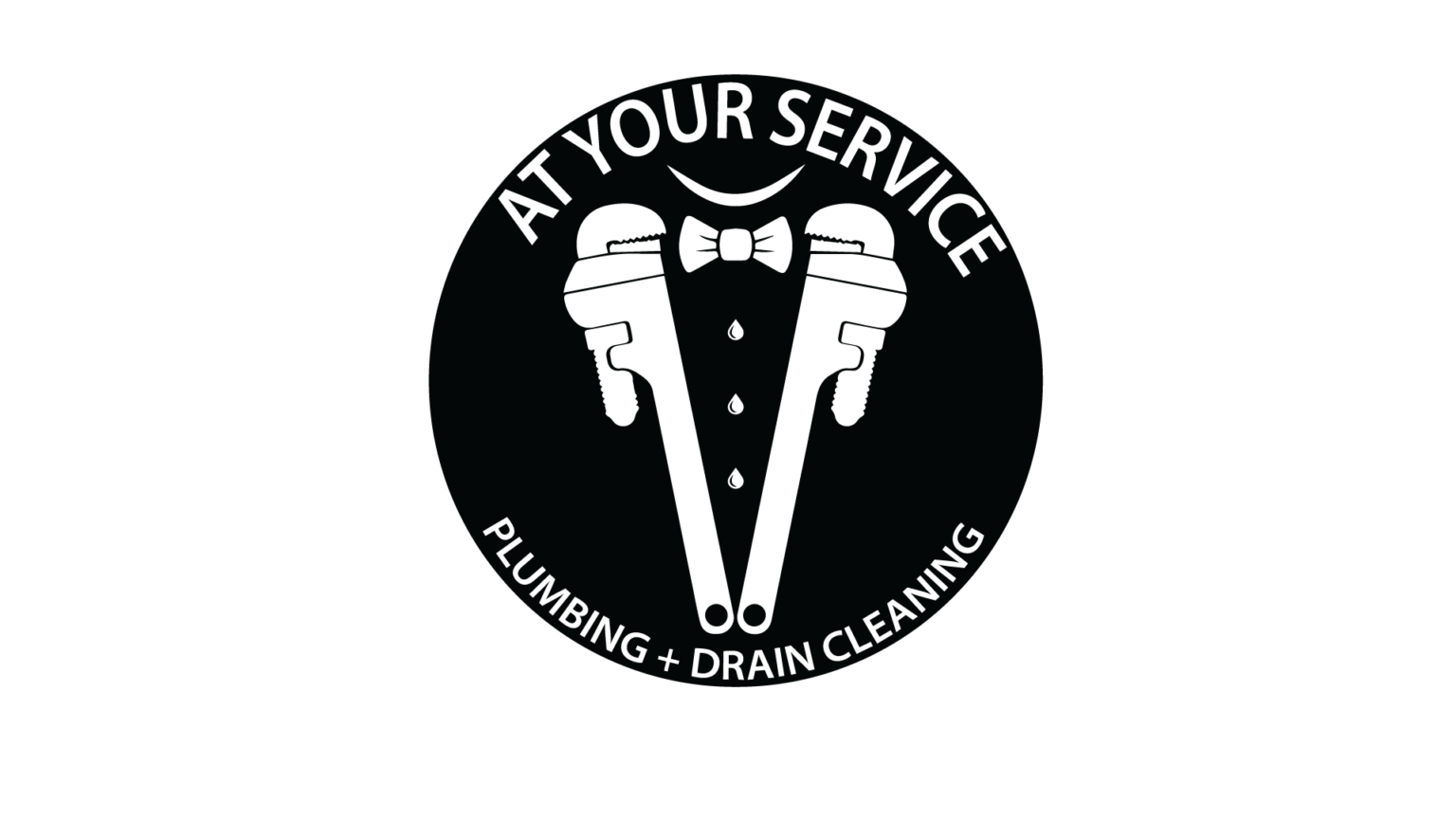
As colder weather approaches, it’s essential to take preventive measures to protect your plumbing system from the risks of freezing and bursting pipes. While Myrtle Beach, SC, enjoys milder winters than northern regions, occasional cold snaps can still cause significant damage if proper precautions aren’t taken. Winterizing your plumbing can save you from costly repairs and ensure your home remains protected during unexpected temperature drops.
This guide provides practical tips for winterizing your plumbing, focusing on how to prevent pipe freezing and maintain your plumbing system’s efficiency throughout the colder months. Whether you’re staying in your home all winter or preparing a vacation home for an off-season, following these steps will help keep your plumbing in top shape.
Insulate Exposed Pipes
One of the most critical steps in winterizing your plumbing is insulating exposed pipes, especially those located in unheated or vulnerable areas such as basements, garages, attics, crawl spaces, and exterior walls. These areas are more prone to cold temperatures, making the pipes within them susceptible to freezing and bursting.
To properly insulate your pipes, consider these options:
Pipe insulation foam: Pipe insulation foam is an affordable and effective way to protect your pipes from freezing. This foam comes in pre-slit tubes that can be easily slipped onto pipes, providing a layer of protection against cold air. Make sure to secure the foam with duct tape or pipe clamps for a tight fit.
Heat tape or cables: In particularly cold areas or for extra protection, heat tape or heat cables can be wrapped around the pipes to keep them warm. These cables can be plugged into a power source and help maintain a consistent temperature, reducing the risk of freezing.
Insulating covers for outdoor faucets: Don’t forget about outdoor faucets or spigots. These are often the first plumbing components to freeze in cold weather. You can purchase inexpensive faucet covers to insulate outdoor spigots and prevent freezing.
By insulating vulnerable pipes, you can prevent freezing and avoid the expensive repairs associated with burst pipes.
Disconnect and Drain Outdoor Hoses
Leaving garden hoses connected to outdoor faucets during the winter is a common cause of pipe bursts. When hoses are left attached, water trapped inside can freeze and expand, potentially causing the faucet or connected pipes to crack.
To prevent this issue:
Disconnect hoses: Remove and store garden hoses in a dry place for the winter months. This simple step prevents water from freezing inside the hose or faucet.
Shut off outdoor faucets: If your home has an interior shut-off valve for outdoor faucets, turn it off to prevent water from flowing to the exterior spigot. Once the valve is shut off, open the outdoor faucet to drain any remaining water and leave it open throughout the winter to prevent pressure buildup.
Install frost-proof faucets: If you live in an area that experiences frequent cold snaps, consider upgrading to frost-proof faucets. These faucets are designed to prevent freezing by extending the valve several inches inside the home, where temperatures are warmer.
Draining and disconnecting outdoor water sources is a simple but effective way to prevent costly winter plumbing issues.
Seal Gaps and Cracks Around Pipes
Even with proper insulation, cold air can still seep into your home and affect pipes if there are gaps or cracks near plumbing fixtures or entry points. Cold drafts are particularly dangerous for pipes located in exterior walls or unheated areas.
To seal these vulnerable spots:
Check for gaps around windows, doors, and pipes: Inspect areas where pipes enter or exit your home, as well as windows and doors near plumbing fixtures. Use weatherstripping or caulk to seal any visible cracks or gaps, which will prevent cold air from reaching your pipes.
Use foam insulation for larger gaps: For larger openings around pipes, use foam insulation or expanding spray foam to create a barrier between the cold air and your pipes. This not only protects the plumbing but also helps improve your home’s overall energy efficiency.
Sealing gaps around pipes and other entry points is a critical step in winterizing your home’s plumbing system and ensuring it stays protected from freezing temperatures.
Keep Your Home Warm, Even When You’re Away
Maintaining a consistent indoor temperature is key to preventing your pipes from freezing, especially when temperatures drop unexpectedly. Many homeowners reduce their heating while away from home during the winter, but this can be a costly mistake if the temperature inside drops too low.
To avoid frozen pipes:
Keep the thermostat above 55°F: Whether you’re home or away, keep your home’s thermostat set to at least 55°F. This ensures that the temperature inside your home remains warm enough to protect pipes, even during cold snaps.
Open cabinet doors under sinks: In colder weather, especially if your home is prone to chilly spots, open the cabinet doors under sinks to allow warm air to circulate around the pipes. This is especially helpful for plumbing located on exterior walls.
Install a smart thermostat: For homeowners who travel during the winter months, a smart thermostat allows you to monitor and control the temperature of your home remotely. This ensures you can adjust the heating as needed to prevent frozen pipes while away.
By keeping your home warm and allowing warm air to circulate around vulnerable plumbing areas, you reduce the chances of pipes freezing and bursting.
Let Faucets Drip During Cold Spells
During extremely cold weather, letting your faucets drip can help prevent freezing. Moving water is less likely to freeze than standing water, so a slow trickle from the faucet can keep water flowing through your pipes and reduce the risk of ice forming.
Here’s how to use this technique:
Drip both hot and cold water: If temperatures are expected to drop significantly, leave both the hot and cold water taps slightly open. This allows water to flow through both sides of your plumbing system, protecting pipes from freezing.
Focus on vulnerable pipes: Pay extra attention to faucets connected to pipes located on exterior walls or in unheated areas, such as garages or basements. These pipes are at the highest risk of freezing.
This simple trick can provide an extra layer of protection for your pipes when temperatures drop suddenly.
Prepare for Extended Vacations or Seasonal Homes
For those who own vacation homes or leave their primary residence during the winter months, winterizing your plumbing is even more important. Without daily water usage to keep things flowing, pipes in unused homes are at an increased risk of freezing.
Take these steps to prepare your home before leaving for an extended period:
Shut off the main water supply: Turning off the water supply to the house is the most effective way to prevent water damage if a pipe freezes and bursts while you’re away. After shutting off the water, open all faucets to drain any remaining water from the pipes.
Drain water from appliances: Make sure to drain any water from appliances such as dishwashers, washing machines, and water heaters. This prevents water from freezing inside these systems and causing damage.
Add antifreeze to toilets and drains: For homes left unattended for the entire winter, adding non-toxic plumbing antifreeze to toilets and drains can prevent any remaining water from freezing and damaging the fixtures.
Taking these precautions will ensure your home’s plumbing system remains safe and functional, even when you’re not there.
Call a Professional for Comprehensive Winterization
While many winterizing tasks can be handled by homeowners, it’s always a good idea to consult with a professional plumber for more complex or extensive needs. A professional plumber can perform a thorough inspection of your plumbing system and recommend specific measures to winterize your home effectively.
If you’re unsure about which pipes are at the highest risk of freezing or need help with insulation, a professional can offer expert advice and services. At Your Service Plumbing and Drain Cleaning, serving Myrtle Beach and the surrounding areas offers comprehensive winterization services to protect your home from cold weather damage.
For homeowners in Myrtle Beach, now is the perfect time to winterize your plumbing before temperatures drop. Contact At Your Service Plumbing and Drain Cleaning today for expert assistance in preparing your pipes and plumbing system for the colder months.


